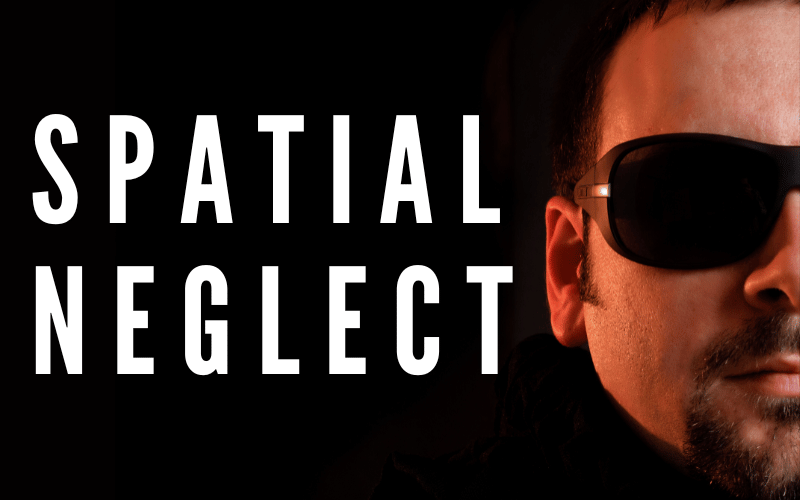4. Spatial Neglect: The World Half Seen

Spatial neglect is a symptom that transforms the way affected individuals perceive their environment. The world around them becomes uneven, with one side garnering attention while the other fades into obscurity. It’s not about being inattentive; it’s a genuine neurological lapse where half the world goes unnoticed.
Imagine walking through a room and only acknowledging the existence of objects on your right. Or reading a book but only registering the words on the left half of each page. This lopsided perception isn’t a conscious choice; it’s a symptom of an underlying neurological disconnect.
Interestingly, spatial neglect isn’t just about visual perception. It extends to other senses and even to mental imagery. An individual might neglect sounds coming from one side or fail to imagine half of a well-known location. It’s a pervasive disconnect that seeps into various aspects of cognition.
The origins of spatial neglect are often traced back to damage in the brain’s right parietal lobe. However, as with most neurological symptoms, it’s never a straightforward correlation. The brain’s vast interconnectedness ensures that multiple regions and pathways contribute to our spatial awareness.
By delving into the realm of spatial neglect, we confront the fragility and complexity of human perception. The symptom serves as a stark reminder of the intricate balance required for us to perceive our world holistically and how even minor neurological disruptions can radically alter that perception. (4)